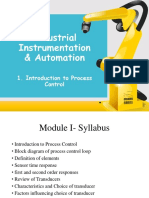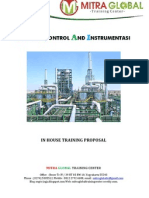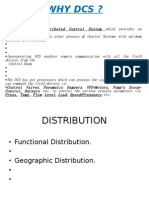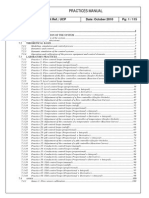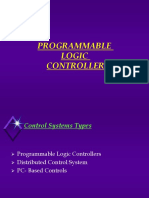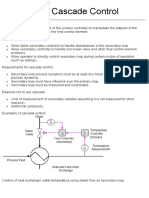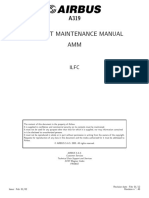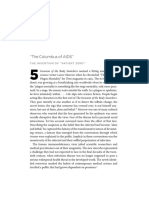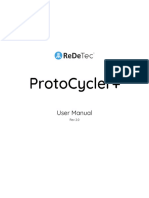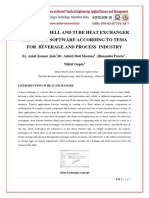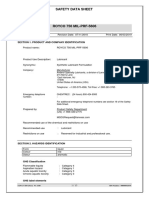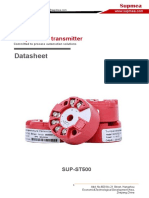100% found this document useful (3 votes)
421 views80 pagesProcess Control 1
This document outlines a course in chemical engineering process control systems, beginning with introductions to fundamental concepts like open and closed loop control. It describes various process control applications, objectives of control systems for safety, quality and economics, and classifications of control strategies. The document provides an overview of key topics that will be covered in the course.
Uploaded by
بلال مهناءCopyright
© © All Rights Reserved
We take content rights seriously. If you suspect this is your content, claim it here.
Available Formats
Download as PDF, TXT or read online on Scribd
100% found this document useful (3 votes)
421 views80 pagesProcess Control 1
This document outlines a course in chemical engineering process control systems, beginning with introductions to fundamental concepts like open and closed loop control. It describes various process control applications, objectives of control systems for safety, quality and economics, and classifications of control strategies. The document provides an overview of key topics that will be covered in the course.
Uploaded by
بلال مهناءCopyright
© © All Rights Reserved
We take content rights seriously. If you suspect this is your content, claim it here.
Available Formats
Download as PDF, TXT or read online on Scribd
/ 80







